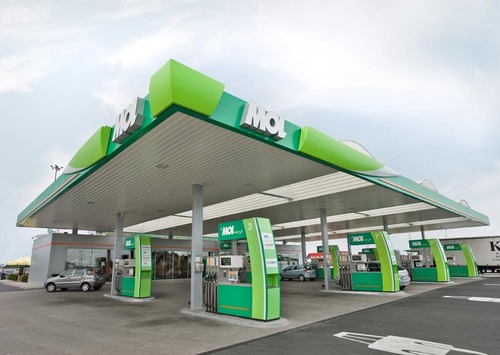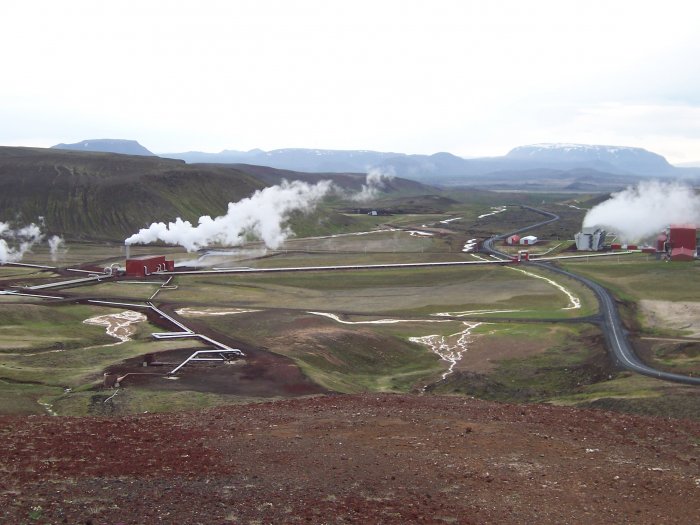Formula 1 of Energy Industry

This article was written by Balázs Zempléni, Director of Wholesale and Business Development at MET Power Hungary LLC.
What does it take to win the Formula 1 championship? A perfect composition of professionals, strategy, dynamic teamwork, IT background and continuous innovation of cutting edge technology that increases speed, efficiency, reliability and the ability of immediate reaction. It’s no different in the energy sector, other than a bit less fanfare when victories are won.
Much has changed within the energy industry like that of Formula 1. In Formula 1 most of the speedways have been existing for a long time with relatively small modifications, while the championship renews year by year. The racecars were constructed by using the best available technology fulfilling the actual regulations, so there are significant differences and the Formula 1 cars have also seen countless changes over the past decades. The tracks have remained pretty much the same; but cars have become more efficient and effective at increasing more horsepower and transferring that to torque and to jaw dropping lap times. The Energy Sector has also had to adapt. Thanks to the innovation, a new generation of power facilities has joined the “race” competing on the long-time existing “speedways”, that we call the power grid. The major difference in comparing to Formula 1 is that not only are the newest facilities attending the race, but power facilities that are 30 years or even older are still unavoidable components. And now there is a new team on the starting grid…
Why is the Power Sector Special?
Similarly to other strategic segments of the global energy sector such as oil and gas, efficiency, reliability, sustainability and security of supply are still the main priorities for daily life to go as we know it. What makes the power business unique today is that it is still unsolved on how to store power in an industrial size in an efficient and cost-effective way. So power needs to be produced as it is consumed. In the power systems of today the producer (power plant) is systemwise far from the customer, the participants do not see each other in real time. That leads to inefficiencies in production, in consumption and eventually in the power system balancing.
David vs. Goliath
As a solution: producers, consumers, traders and IT experts formed a dynamic and innovative team rethinking the power system and integrated power plants and consumers into a smart grid based system. The solution is managed by solid IT technology with real time production and consumption management connected to diverse power market segments, like power exchanges or system balancing services.
The smart grid is capable of integrating diverse power plants geographically and in technology such as: hydro, biogas, biomass or gas fired heat and power plants of schools, hospitals or district heating plants that are remotely controlled every second of the day by an innovative software solution.
What does this mean to you? It forms a virtual power plant that works in real time with the aim to balance production with consumption needs, keeping the equilibrium that returns more efficiency and lower CO2 emission.
Similarly to the telemetry in F1 a smart grid dispatching center with 100% availability continuously collects and analyzes thousands of data sets to control the system balance. In case of malfunction, like in Formula 1 there is a “pit team” monitoring every input so the system can make adjustments immediately, thus avoiding a major problem.
Why is it the winning combination?
The smart grid solution allows for what industry experts call a demand side management (DSM), which means that consumption is not only monitored, but if technology allows, controlled by a smart grid to help the system balance. By creating this value, consumers may drastically decrease their electricity bill which equals decreased financial demands on you. For example: imagine you let the smart grid use your electric car’s battery as power storage charging and discharging when there is a system demand. At the end of the day you don’t pay for your fuel but earn money while charging your car. On a large scale, industrial plants may also decrease their electricity bill by adjusting their demand. This again equals saved money for the end user.
The smart grid system can be considered as a sub-system in the power system, where its connected elements, such numerous and decentralized small power plants and consumers, behave as one single unit, a one single virtual power plant competing successfully against the huge old power plants in the electricity system. With the appearance of small power plants via virtual power plants on the Hungarian market, the price of some products has decreased by as much as 60-70%. And the overall balanced budget of the system operator was reduced by half in the last two years. This shows that David is winning over Goliath. So support the underdog, and realize that technology not only wins races, but saves you money.
Like Formula 1, races have expanded from local races to a large scale. So has the European power market. Energy is now thought of as a regional energy market, rather a local state market. This allows the smart grid solution to integrate and optimize the supply and demand as well as to provide system balancing services at the regional level. We are not far from the situation where the small power and heat supplier of your block house in Budapest will help to maintain the power system balance of Berlin.
Unlike in Formula 1, the competition in power management lasts 365 days a year 24/7.
Are you ready to win the race with us? We are!
SUPPORT THE BUDAPEST BUSINESS JOURNAL
Producing journalism that is worthy of the name is a costly business. For 27 years, the publishers, editors and reporters of the Budapest Business Journal have striven to bring you business news that works, information that you can trust, that is factual, accurate and presented without fear or favor.
Newspaper organizations across the globe have struggled to find a business model that allows them to continue to excel, without compromising their ability to perform. Most recently, some have experimented with the idea of involving their most important stakeholders, their readers.
We would like to offer that same opportunity to our readers. We would like to invite you to help us deliver the quality business journalism you require. Hit our Support the BBJ button and you can choose the how much and how often you send us your contributions.








